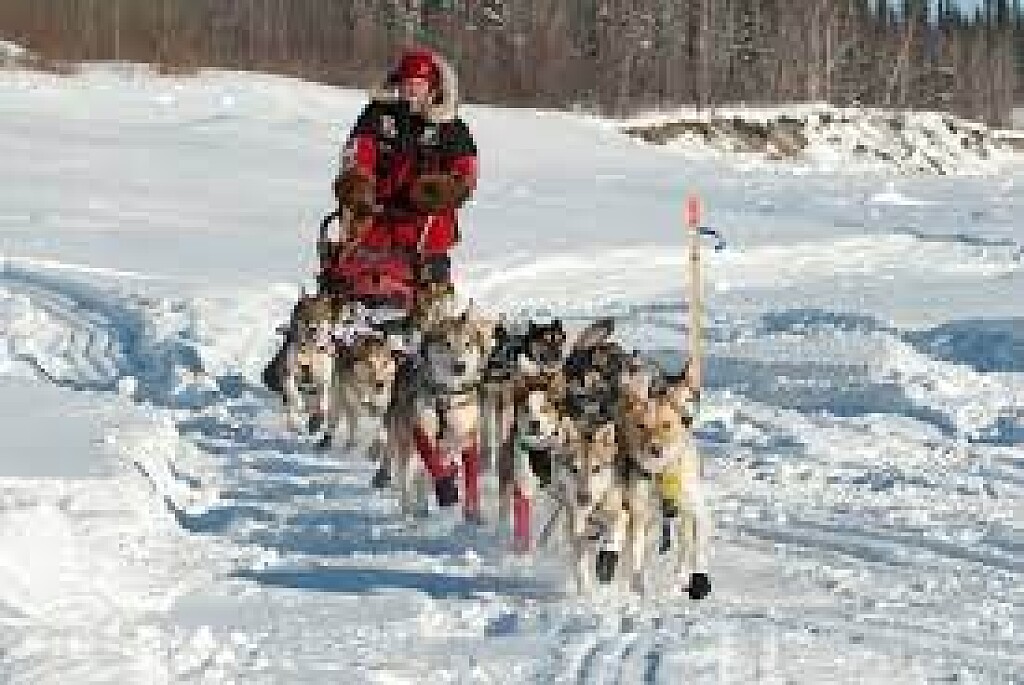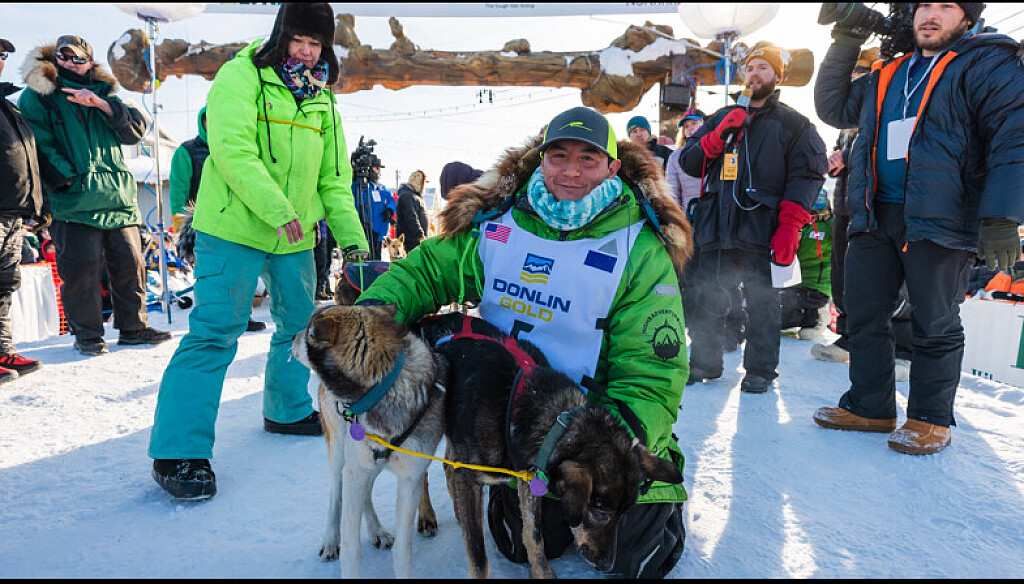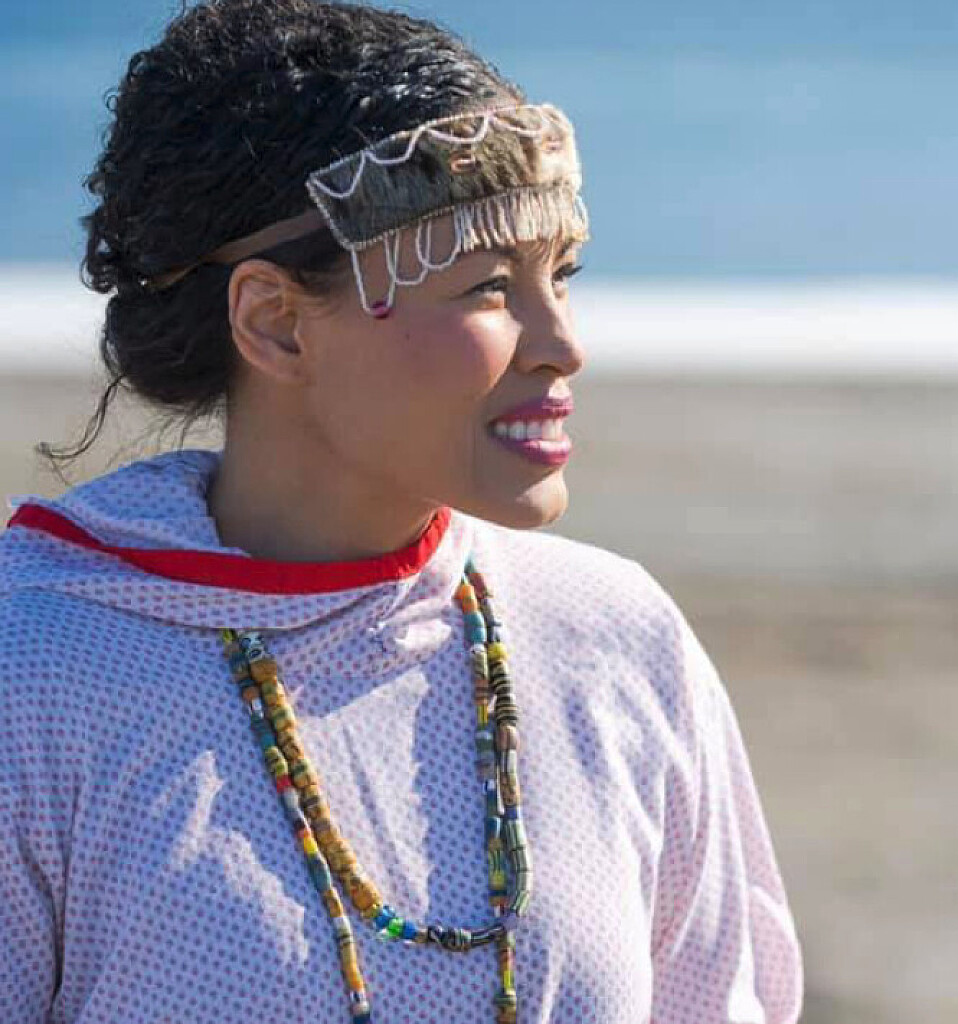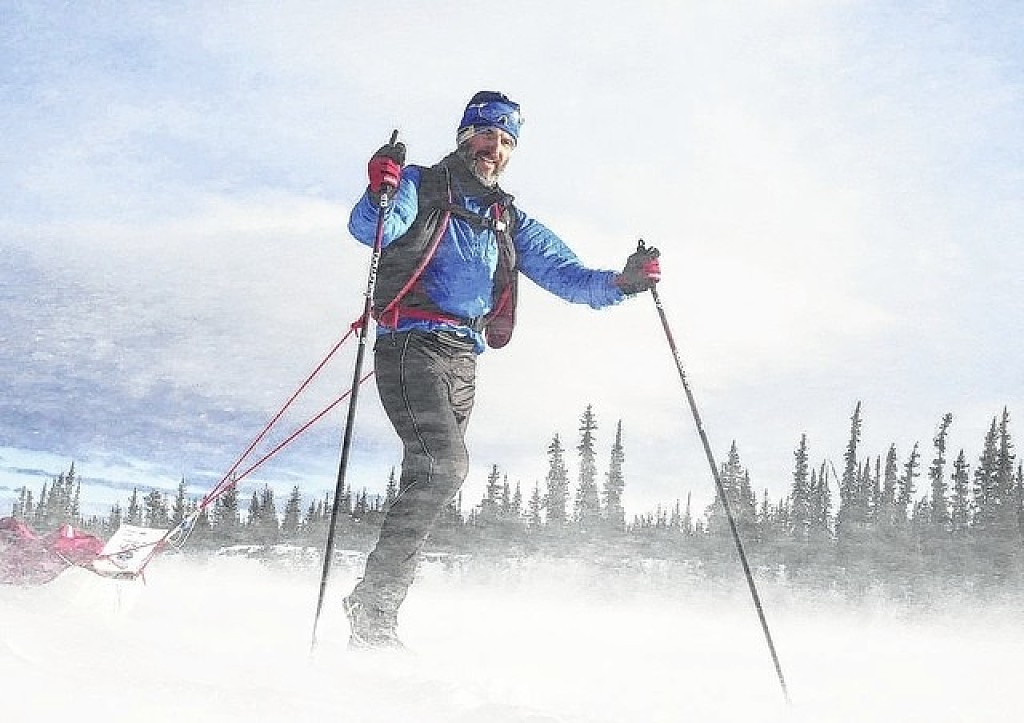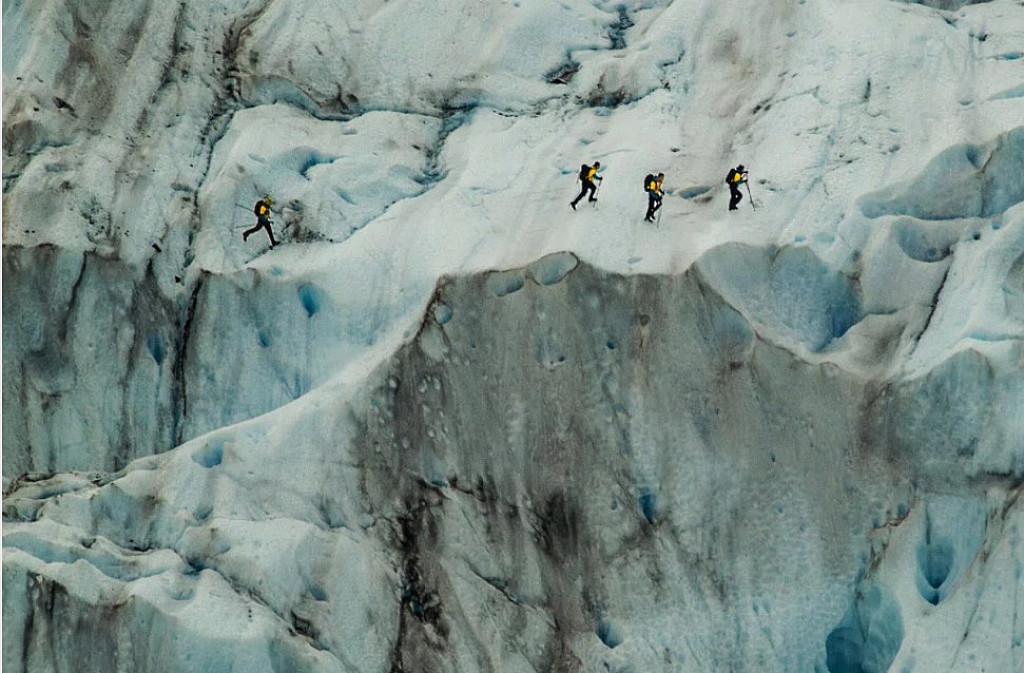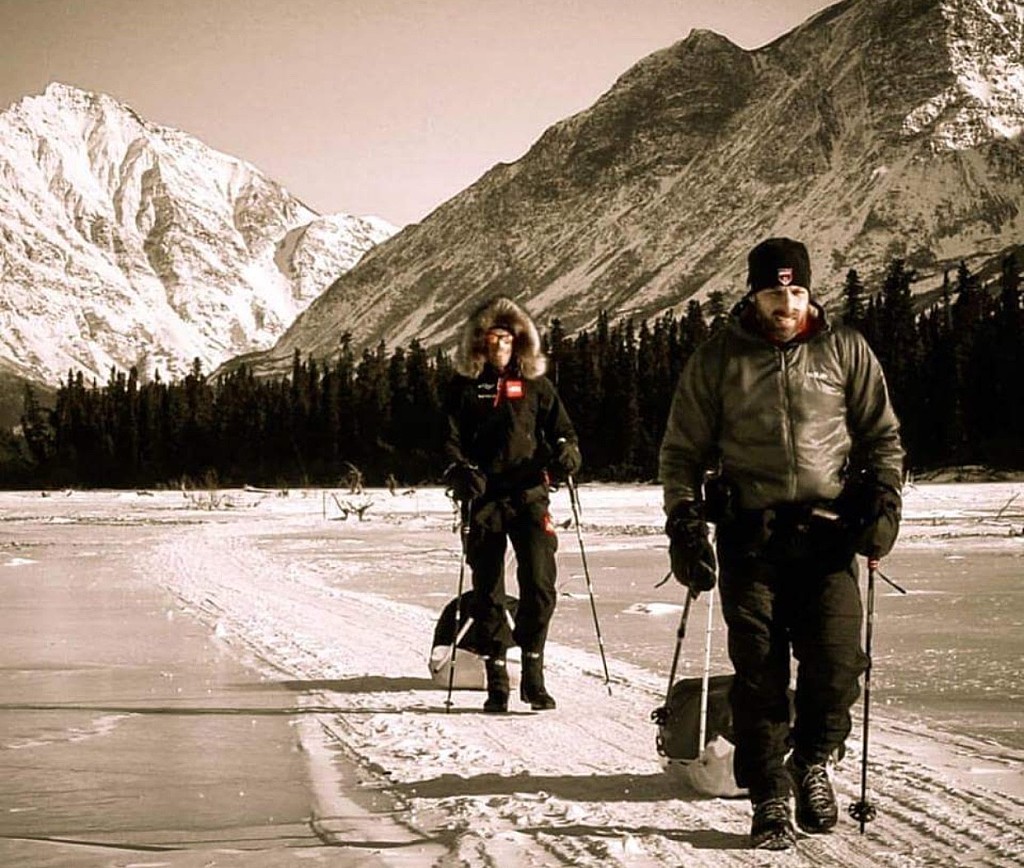Running News Daily
Running News Daily is edited by Bob Anderson. Send your news items to bob@mybestruns.com Advertising opportunities available. Train the Kenyan Way at KATA Kenya and Portugal owned and operated by Bob Anderson. Be sure to catch our movie A Long Run the movie KATA Running Camps and KATA Potato Farms - 31 now open in Kenya! https://kata.ke/
Index to Daily Posts · Sign Up For Updates · Run The World Feed
Articles tagged #Iditarod
Today's Running News
The Iditarod Is Embroiled in a Controversy Over Moose Guts
Officials with dogsledding’s biggest race say a star musher broke the rules. His infraction: improper removal of moose innards.
What’s the weirdest rule in endurance sports? A few come to mind:
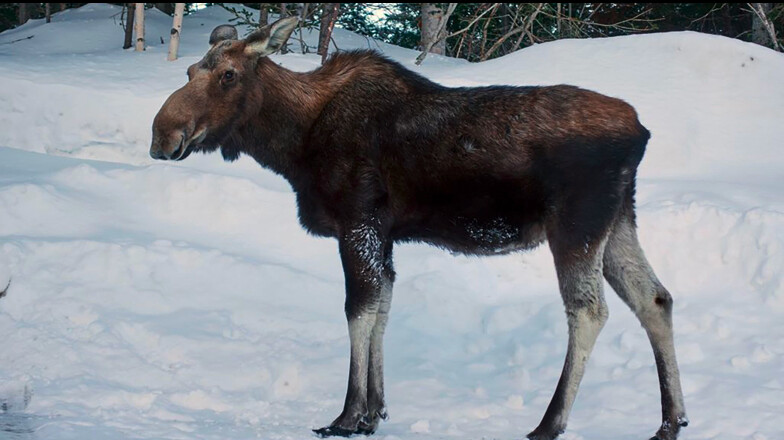
Regulations governing the New York City Marathon explicitly forbid runners from pooping on the pavement at the starting line. Article 7.01-G of the Ironman Triathlon rulebook prohibits nakedness in transition areas. And don’t get me started on the wackadoo bylaws enforced by pro cycling’s governing body, the Union Cycliste International, which govern the minutiae of oh so many aspects of bike racing, from the height of an athlete’s socks to the size and shape of his or her ugly helmet.
But in all my time covering professional outdoor competitions, I’ve never come across anything like Rule 34 in the regulations governing Alaska’s Iditarod, the Tour de France of dogsledding. The law, titled “Killing of Game Animals,” is below:
In the event that an edible big game animal, i.e., moose, caribou, buffalo, is killed in defense of life or property, the musher must gut the animal and report the incident to a race official at the next checkpoint. Following teams must help gut the animal when possible. No teams may pass until the animal has been gutted and the musher killing the animal has proceeded. Any other animal killed in defense of life or property must be reported to a race official, but need not be gutted.
Yes, the Iditarod requires you to disembowel the big mammals that you kill along the way. Not only that—officials will scrutinize the efficacy of your job gutting the animal in question.
At the moment, there’s a brewing controversy about the Iditarod’s Rule 34—specifically, whether or not a star athlete gutted a moose the right way.
The race kicked off this past Sunday, March 3, and mushers embarked on the 1,000-mile trip from the town of Willow, near Anchorage, to Nome, near the arctic circle. On Monday, news circulated that five-time winner Dallas Seavey had a terrifying encounter with a moose shortly after leaving a checkpoint in the town of Skwentna. Attacks by moose and other large mammals are rare, but do occasionally happen in sled dog racing. In 2022, a musher named Bridgrett Watkins was trampled by a bull just days before her rookie start in the Iditarod. In 1985, Susan Butcher was attacked while leading the Iditarod—the animal killed two of her dogs as she attempted to fight it off with an axe.
According to a report by the Associated Press, Seavey said the moose attacked his team at about 1:30 A.M. on Monday morning. It became entangled in his harness and sled and injured a female dog named Faloo so badly that she eventually had to be transported back to Anchorage. Seavey pulled out a handgun and shot the moose dead. “It fell on my sled, it was sprawled on the trail,” Seavey told an Iditarod Insider television crew. “I gutted it the best I could, but it was ugly.”
That’s where things get interesting. On Wednesday, March 6, the Iditarod announced that its panel of judges had issued Seavey a two-hour time penalty—a massive time gap in a race that’s sometimes decided by an hour or two. The reason for the sanction? Seavey did a substandard job of removing the animal’s innards. The race clarified exactly what gutting entails. “By definition, gutting: taking out the intestines and other internal organs of (a fish or other animal) before cooking it,” the race said in a public statement.
According to the investigation, Seavey spent about ten minutes at the kill site before mushing his dogs 11 miles to the next checkpoint, where he informed officials about the moose kill and also dropped off his injured dog (according to a Facebook post, Faloo is OK!). A race communique said officials eventually retrieved the moose carcass, properly processed it, and will distribute the meat as food.
Seavey’s kennel published a diplomatic statement on Facebook after the ruling: “As members of Team Dallas we are thankful for the guidelines and officials who make this race possible. Each race is riddled with its own set of challenges and part of being a great musher is being able to navigate them.”
Back to this unorthodox rule. I think most normal people can understand the need to ban runners from pooping on the asphalt, and even to prohibit triathletes from displaying their uncovered nether regions during a race. But what’s the deal with cutting open a dead animal in sled dog racing? An Iditarod employee who answered the race’s general phone line reminded me that the Rule 34 simply reflects Alaska state law. I hunted around the state’s rules and regulations and came across Statue 16.30.010, titled Wanton Waste of Big Game Animals and Wild Fowl.
It is a class A misdemeanor for a person who kills a big game animal or a species of wild fowl to fail intentionally, knowingly, recklessly, or with criminal negligence to salvage for human consumption the edible meat of the animal or fowl.
Turns out the weirdest rule in endurance sports is an extension of a pragmatic law. A full-grown moose can weigh up to 1,600 pounds, which can feed a lot of human beings. Improperly handling the intestines from one can spoil the meat. And the Iditarod employee I spoke to emphatically said that removing the entrails from an animal of that size takes much longer than ten minutes.
Whether or not the two-hour penalty keeps Seavey from attaining win number six is yet to be seen. The two-hour penalty will be added to Seavey’s mandatory 24-hour rest later in the race. On Wednesday, he passed the Idtarod’s official halfway point in Cripple, Alaska in first place, nursing a 47-minute lead on Nicolas Petit of Big Lake, Alaska. Seavey needs to gain an hour and 14 minutes between Cripple and Nome to win.
by Outside Online
Login to leave a comment
When Ryan Redington Won the Iditarod, He Fulfilled a Multi-Generational Family Dream
His grandfather founded the Iditarod, but he’s the first member of his family to take the title
“I guess you could say I was born to mush,” says Ryan Redington, an Inupiaq musher who grew up in the town of Knik, Alaska, not far from Anchorage. The first piece of evidence: his dad’s dad was Joe Redington, widely called the Father of the Iditarod, and the race’s founder. Then there’s his great-grandfather on his mother’s side, who carried mail to remote parts of Alaska via dog sled. Redington always knew he wanted to carry on the family legacy.
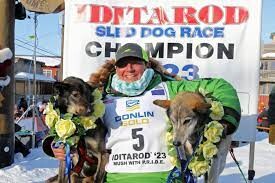
“I was fascinated with the dogs and their drive,” Redington says. “My brothers and I read all the newspaper articles about the race and the racers. We just lived and breathed it.”
Just after noon on March 14, Redington claimed his birthright when he and his team of sled dogs crossed the Iditarod finish line in Nome. He was the sixth member of his family to complete the race—but the first to win it, completing the 1,000-mile course in 8 days, 21 hours, 12 minutes, and 58 seconds.
Joe Redington dreamed up the original Iditarod, first run in 1973, alongside several other mushing enthusiasts who wanted to help preserve the tradition of dog-powered transit, which had faltered as snowmobiles proliferated in rural Alaska. They created a route that passed through dozens of Native villages, and tried to raise money for a championship pot. (Joe eventually funded it himself by refinancing his house.) Today, the course varies slightly from year to year, and prize money comes from sponsors, but the basic premise—a multiday push from Willow to Nome—endures.
The event draws spectators and competitors from around the world but remains deeply intertwined with Native Alaskan cultures and communities. “We get our food and supplies at the villages along the way, and it’s really special to have the support and excitement from these Native communities, and to get to represent them,” says Redington, the third Inupiaq to win the Iditarod. After his victory, he visited rural schools to talk about mushing.
Redington credits his success to his top-notch dog team, led by Sven and Ghost, who guided him through a whiteout. The two Alaskan huskies were awarded the Golden Harness, which goes to the best lead dogs and is voted on by the mushers in the race. He also attributes his success to his life partner, Sarah Keefer, who ran the dogs in training races before the Iditarod.
Now his sights are on a second title. “I’ll be back to defend my championship and keep proving my dogs are the best at the 1,000-mile distance,” he says.
Redington’s win comes during a challenging time for the Iditarod and sled dog racing in general. This year’s event saw the smallest field ever, with just 33 competitors (the average is nearly twice that). And the sport faces existential threats: inflation has increased operational expenses, and climate change continues to diminish the snowpack needed to travel by sled. But Redington remains optimistic.
His eight-year-old daughter and seven-year-old son are “very doggy kids,” he says. They have taken to kennel chores, training the dogs, and mushing, which gives him hope for the future.“ My family never pressured me to be a musher, and I’m not pressuring my kids. But boy, it’s a lot of fun, and [I feel] pride, watching them race and be around the dogs,” Redington says. “I love mushing, and the Alaskan husky, and I love being able to share that with them. I hope it can continue for many generations to come.”
by Outside Online
Login to leave a comment
This Siberian Yupik Ultrarunner Is Ready To Take On Leadville
Just 170 miles from Russia, Nome, Alaska is perhaps best known as the finish line for the Iditarod Trail Sled Dog Race. Nome's population is near 3,500, but grows in the summer with an influx of gold dredgers and panners.
Crystal Toolie is a Siberian Yupik ultrarunner from Nome, and is one of five Indigenous runners in this weekend's Life Time Leadville Trail 100 Run presented by La Sportiva. In Nome, Siberian Yupik peoples are from the villages of Gampbell and Savoonga on Saint Lawrence Island (164 miles west), off the coast of Alaska. Even here, they're a relatively small community compared to other Alaska Natives.
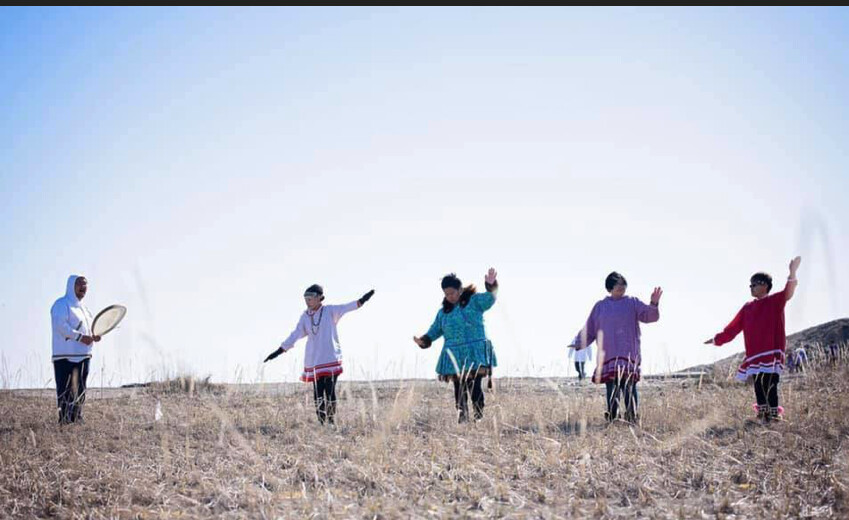
Training in Nome harbors unique challenges that develop spades of endurance and strength.
Training in Muskox Country
"It's a very isolated town. This year, we've had a lot more [brown] bears. And we have [musk oxen]," said Toolie. "So if you're a runner and you train outside, you have to be aware of your surroundings." The small but supportive running community in Nome leans on social media to update each other on bear and other wildlife sightings.
"There was one winter when I strictly just ran on the treadmill. It was torturous," said Toolie. "There are other years that no matter what the temperature or if there's a blizzard out, I made sure to get outside and run."
Blizzard conditions are commonplace in remote Alaska, making appropriate gear mandatory. "I would wear regular running shoes but double up on socks and wear cleats, so I don't slip," said Toolie. "Layers, if it's a blizzard. I would wear snow pants and a winter coat. My inner layer will be something that's sweat-wicking, something to cover up my face and hood. Sometimes goggles, sometimes not. And then wear really good gloves."
In addition to layering, Toolie sticks to Nome's limited road system as a safety measure, making it a priority to be visible during runs. Looking to Leadville, she incorporated hiking local mountains into her training.
"This year, I've been able to get out of the road system and get into the mountains, which is great for training for Leadville," said Toolie.
Running Under the Lights
During winter runs, Toolie has nature's headlamp guiding her way. Best seen just outside of the city, the Northern Lights present colorful bands of greens and whites that illuminate the sky. The lights are generated from electrically-charged particles in the earth's magnetosphere colliding with gases, creating energy in the form of light.
Though beautiful, the lights were sometimes frightening to Toolie as a child.
"Our elders would tell us if you're outside late, when you know you're not supposed to be, making noise, the Northern Lights would come down and steal you up," said Toolie. "And so if you whistle or make loud noises, the Northern Lights dance and become more vibrant. It looks like it's coming down."
Nome-St. Lawrence Island Dance Group
Beyond ultrarunning, Toolie is dedicated to preserving the movements of her culture. Several years ago, Toolie reinstated the Indigenous dance group in the area. Toolie's great grandfather, Nick Wongittillin, was the leader of the first Nome dance group, when he passed away, they stopped. "We all wanted our children to be able to learn about our culture, to be able to pass down that tradition," said Toolie.
Composers set the tone on drums (Saguyak) - constructed from tightly stretched walrus stomach linings from the Bering Sea - based on how they're feeling at that moment. The zen-like movements are reminiscent of Qigong from southeast Asia. Toolie and her relatives even have a particular song dedicated by an elder to their running pursuits.
The women wear regalia that is distinguishable from other Alaska Natives in the region. Traditionally, their dress-like garments have three to four red lines sewn at the bottom, symbolic of the Russian Orthodox influence on the culture. The women wear their hair in two braids with beads sewn into them.
The group performs at local events of celebration and mourning, a way to bring the community together. The elders ensure the dances are appropriately conducted so that the integrity of the movements is consistent over time.
Climate Threats and Commercialism
The Town of Nome sits mainly on permafrost (permanently frozen ground). Permafrost is particularly sensitive to increases in air temperature and changes in snow cover, making it especially vulnerable to climate change. Permafrost stores carbon from life buried years ago. As the permafrost thaws, carbon is converted to carbon dioxide and methane, which hasten climate warming. Generally, climate scientists are finding that the Arctic is warming four times as fast as the rest of the world.
"Climate change is a huge topic when you live in our region. We have generations of hunters that know the land like the back of their hand. When scientists study the Arctic in our area, they will seek out the trained hunters and ask them questions because they know that they are observers of that area," Toolie said.
The hunters and families have noticed changing behavior patterns in the region's polar bears.
"We used to see them more frequently. One would always come up to the East End beach, and it would have to be redirected out of town," said Toolie. "I haven't heard of a polar bear going to Nome for years now."
Lately, commercial fishing and cruise liners have affected the lifelines of local families, too. The cruise industry disrupts the area's food system in the waters and creates challenges for the local fishing industry. In some instances, cruise ships have even dumped human waste on Alaska beaches, Toolie explained.
Moreover, commercial fishing overseen by state governments often harms subsistence family fishers in Nome. These residents store fish and other seafood for the winter to feed their families, not to make a profit.
"Subsistence living is rooted in our culture. We have big families that live in one home. To feed them, you need to hunt, fish, and berry pick for survival," said Toolie. Whaling is also part of that equation.
"I think it's just because people don't understand, don't have an understanding that this feeds communities. It's not done in a way that is disrespectful to animals or the earth. In Native culture, we're taught not to over-hunt or over-pick, and we use everything," said Toolie. "We don't waste what we get. And so I think that's something that would be nice for people who are unfamiliar with our culture to learn about."
This year, at Leadville, she will be paced by fellow Native skier and ultrarunner Connor Ryan. Since this is Toolie's first time taking on Leadville, her approach to the race will be to take it easy. "I'm going to take it slow," said Toolie. "And if I feel comfortable, I'm going to take it slower."
by Trail Runner Magazine
Login to leave a comment
Jan Kriska took on the 1,000 mile Alaskan Iditarod Race in the extreme arctic cold and snow twice
Login to leave a comment
These are the eight Gnarliest Races in the World and only a few have crossed the finish line
Login to leave a comment
This race can quickly turn into a struggle for survival
Epic Running Adventures
Login to leave a comment


